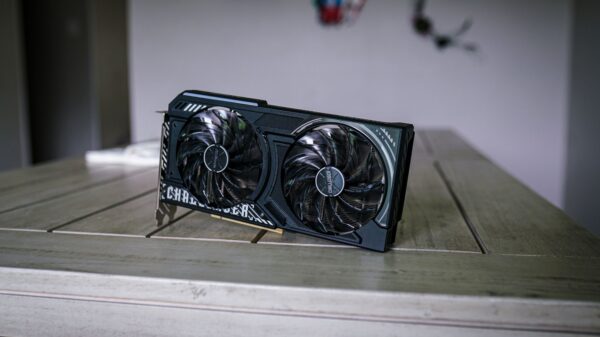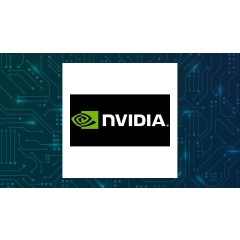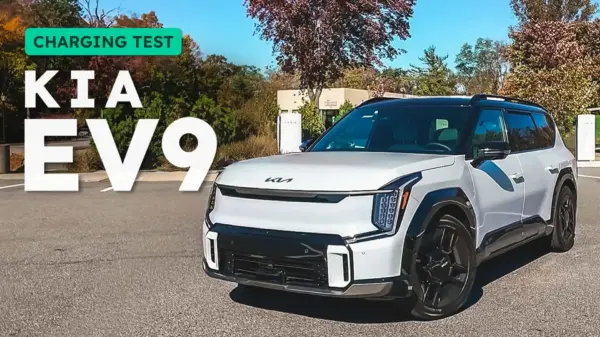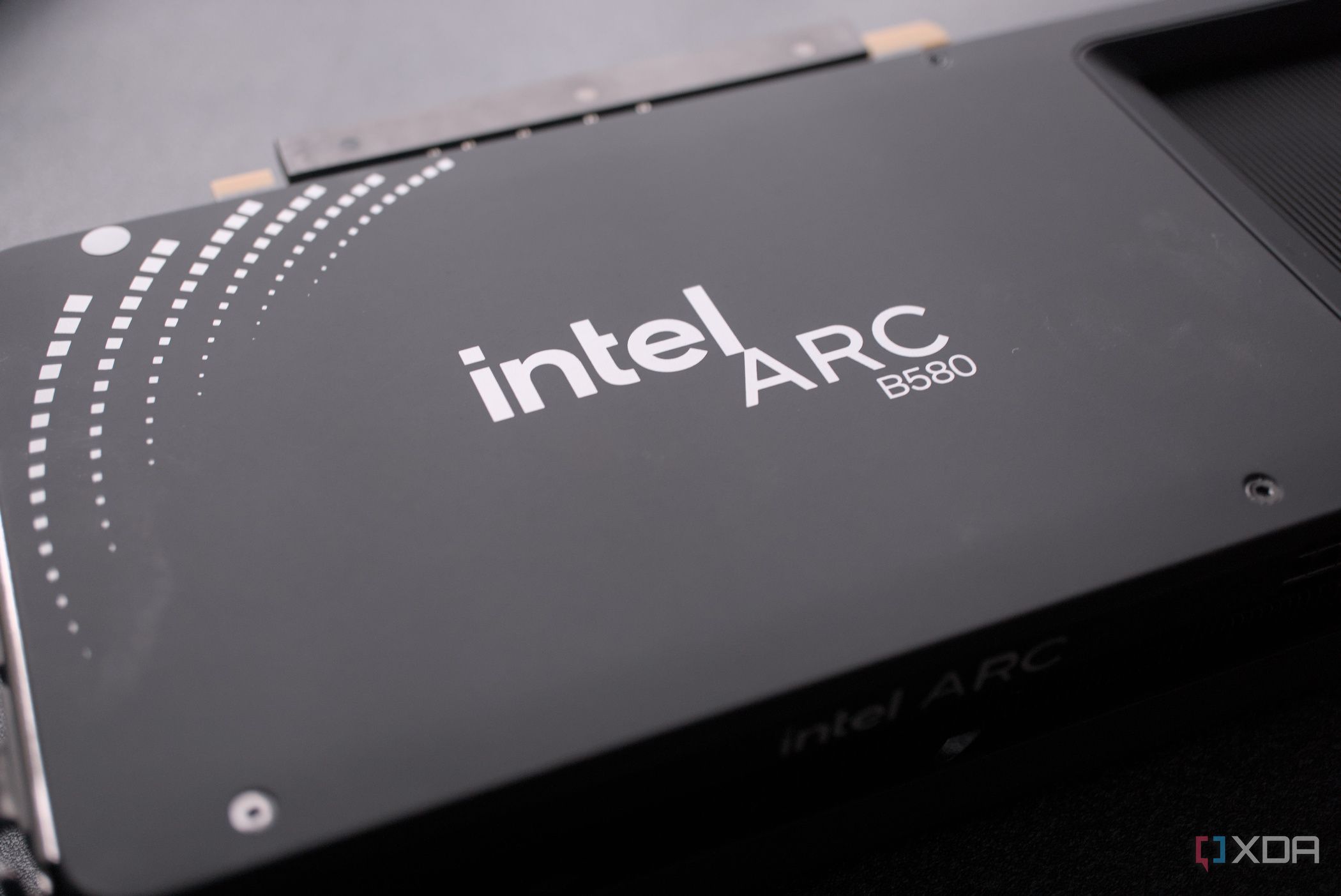UPDATE: In a groundbreaking announcement, Nvidia has formed a strategic partnership with Intel, involving a staggering $5 billion investment in Intel stock. This deal, revealed just last month, is set to have immediate implications for the AI industry and personal computing, particularly affecting Intel’s Arc GPU platform.
The partnership centers around Intel manufacturing custom data center and client CPUs for Nvidia using the NVLink GPU interconnect. While this deal initially appears focused on AI and data center operations, its potential impact on gaming cannot be overlooked. As details remain sparse, experts speculate on how this collaboration could reshape the landscape for Intel’s burgeoning graphics division.
Intel’s Arc platform, which has only been in operation since the release of the Arc A750 and A770 in 2022, is at a critical juncture. With the integration of Nvidia’s technology, the future of Arc GPUs hangs in the balance. Could this be the turning point that propels Intel Arc into the spotlight, or will it signal the end of its discrete GPU ambitions?
Intel is set to manufacture system-on-chips (SoCs) that will incorporate Nvidia’s RTX GPU chiplets. Expected to debut around 2026, these SoCs could either replace Intel’s current Xe GPU cores or potentially work alongside them. If Nvidia’s technology takes precedence, it could spell disaster for the Arc platform, which has been gaining traction as a competitive option in the gaming arena.
Despite the uncertainty, there is a glimmer of hope. The collaboration could allow Intel to leverage Nvidia’s advanced graphics capabilities and industry connections. This partnership may bridge the much-discussed gap in optimized games, which has been a significant hurdle for Intel’s Arc division.
AI technologies are becoming increasingly crucial in gaming. As both companies aim to enhance their AI capabilities, the integration of Nvidia’s DLSS technology with Intel’s Arc and XeSS systems could lead to considerable improvements in gaming performance. The convergence of AI workloads and gaming GPUs could yield surprising benefits for gamers, even if the partnership is primarily focused on AI initiatives.
Intel’s previous Lunar Lake platform serves as a testament to this potential. Designed as a Copilot+ AI PC system, its integration of AI technologies resulted in impressive gaming performance in handheld devices. If the new Intel and Nvidia SoCs deliver similar enhancements, they could revolutionize gaming experiences on various platforms.
However, caution is warranted. The partnership’s focus could shift entirely towards cloud data centers and local AI systems, sidelining gaming and workstation applications. The future of Intel’s Arc platform remains uncertain as we await more information on this evolving collaboration.
As this story develops, the tech community is left pondering the implications of the Nvidia-Intel partnership. Will it empower Intel’s Arc GPUs or lead to their decline? The answer remains to be seen, but one thing is clear: the stakes are high for both companies and the gaming industry at large. Stay tuned for further updates on this pressing story.





































































